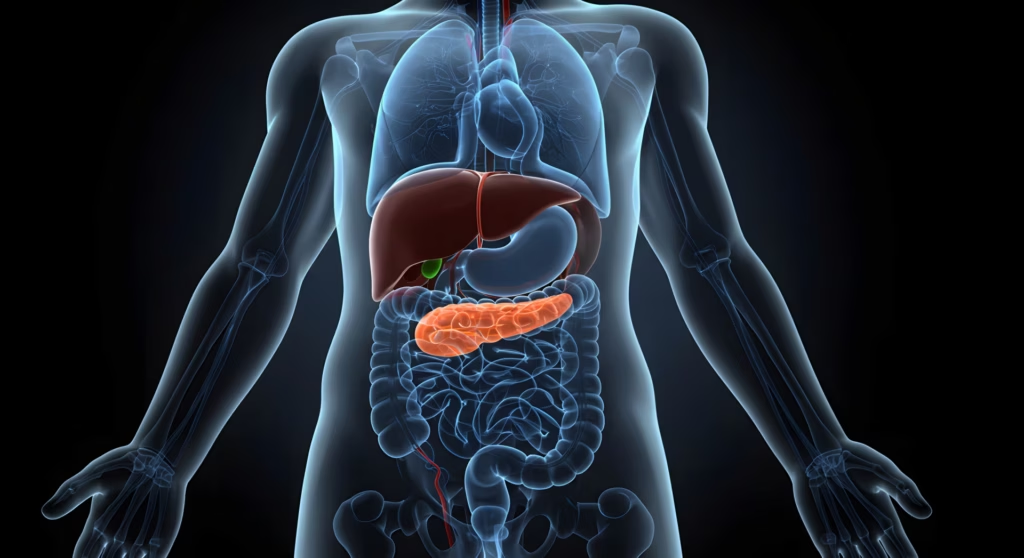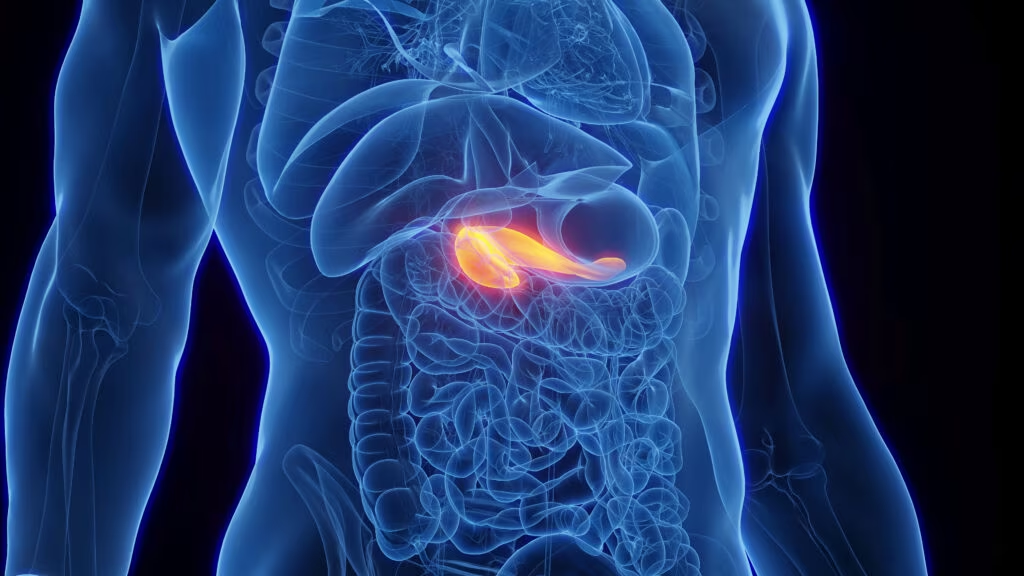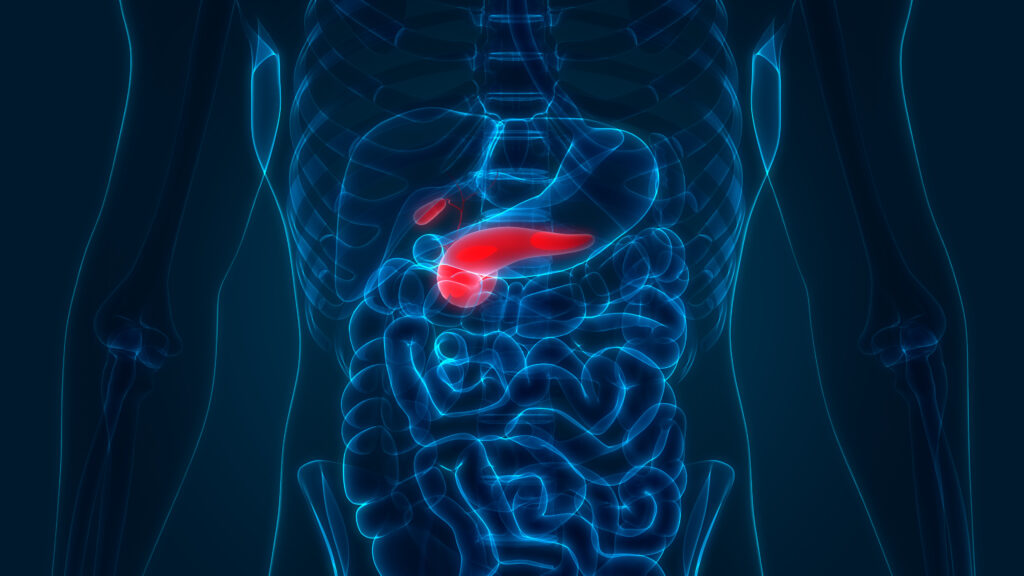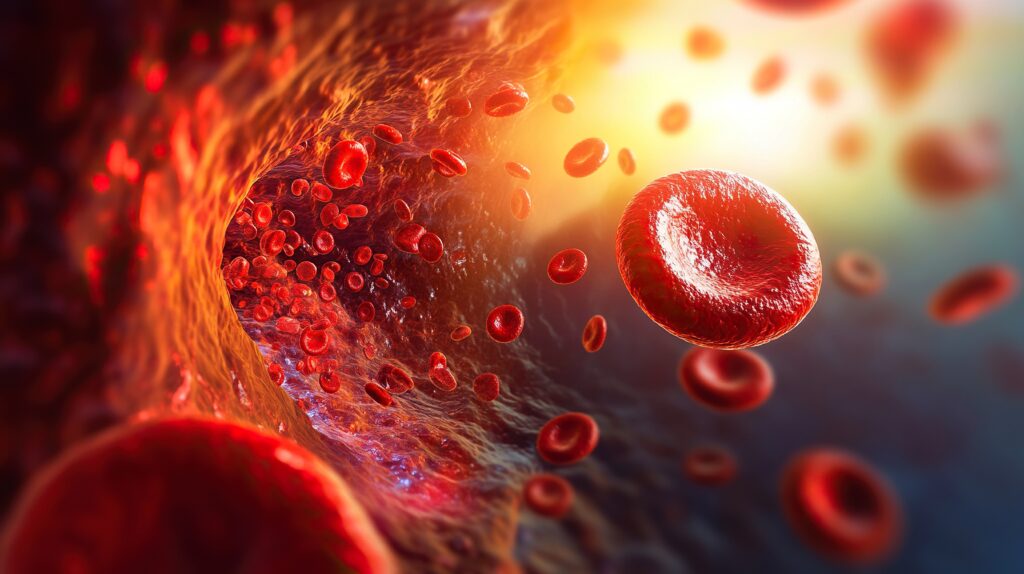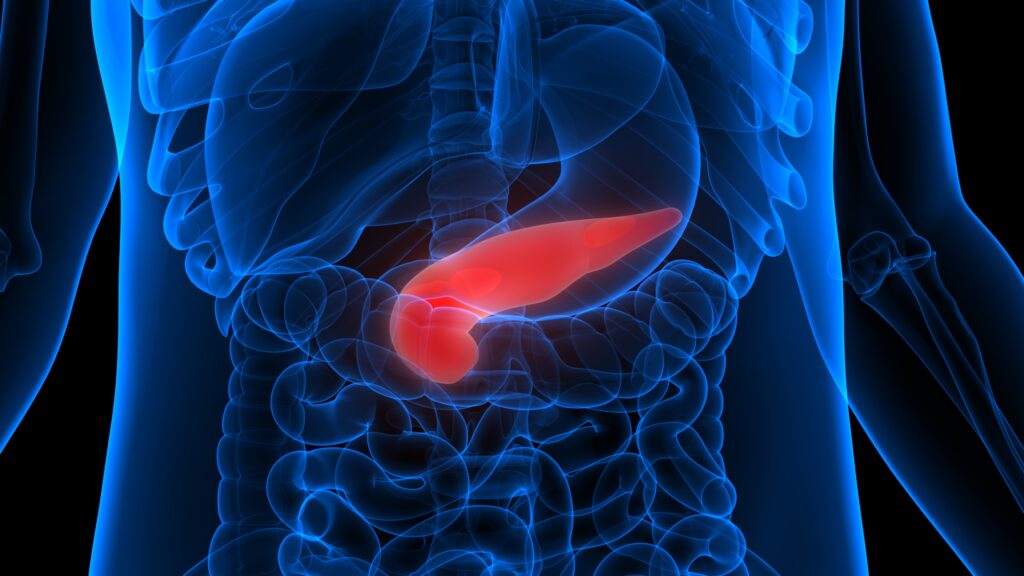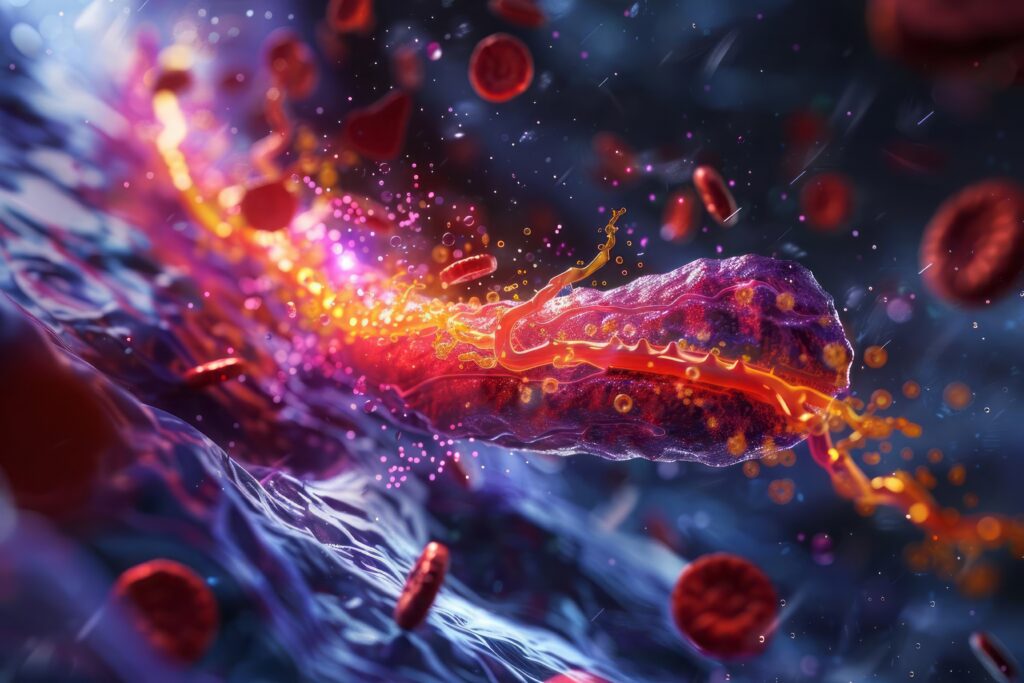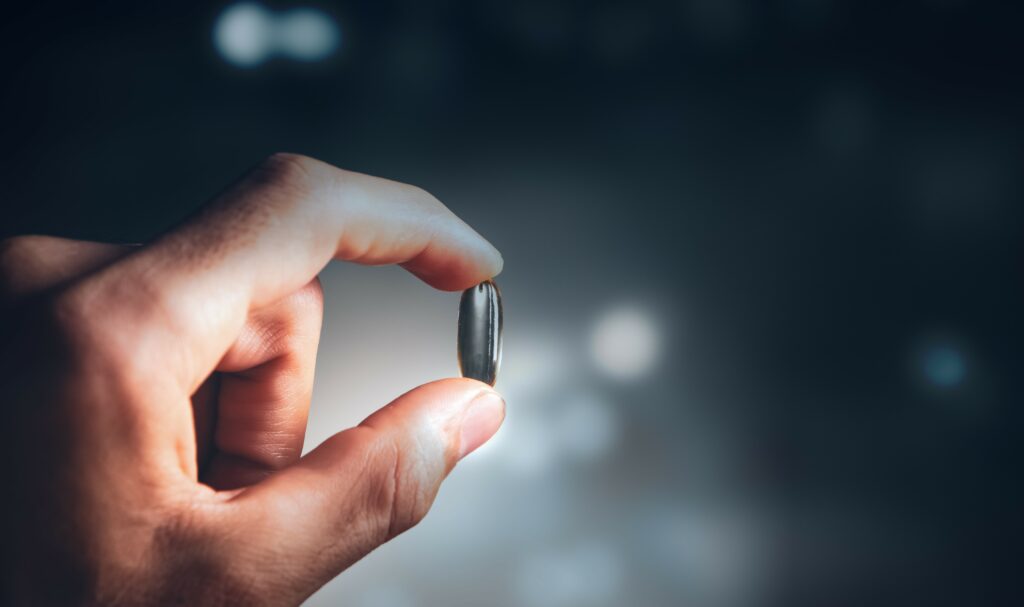Therapies that are proved to delay or prevent this outcome will clearly be of major benefitThe aetiology of DN is unknown. Hyperglycaemia is necessary but not sufficient to develop this complication, as is well demonstrated by observations in subjects with T1DM.
Therapies that are proved to delay or prevent this outcome will clearly be of major benefitThe aetiology of DN is unknown. Hyperglycaemia is necessary but not sufficient to develop this complication, as is well demonstrated by observations in subjects with T1DM. Even with the poor glycaemic control seen in patients diagnosed in the first part of the 20th century (when glucose monitoring was not available and the only therapy was short-acting nsulin delivered via hypodermic syringes), the majority of patients (~60%) did not develop nephropathy.3 Furthermore, the incidence of this complication rises until approximately 25-year disease duration, but then falls progressively. This is in keeping with DN emerging in a genetically predisposed cohort while the remainder are at low risk of this complication, rrespective of their level of glycaemia. In addition to genetic susceptibility (which may be modulated via insulin resistance), other factors such as male sex, hypertension, ethnic background and smoking play a roleDN is a good model for progressive chronic renal disease, as its natura history has been extensively studied and parallels that seen in most non-diabetic renal disorders.
In subjects with T1DM who develop DN, there is an initial increase in glomerular filtration rate (GFR), but over time this falls and they begin to leak small amounts of urinary albumin, termed microalbuminuria (MA). The development of MA (albumin excretion rate 20-200µg per minute) is typically seen five to 15 years after diagnosis and is associated with a rise in blood pressure, albeit within the ‘normal range’ Patients subsequently become macroalbuminuric (albumin excretion rate (AER) >200µg/min), at which time blood pressure is elevated and the other microvascular complications of diabetes emerge. From this point, GFR declines in a linear fashion and, with no intervention, a fall of approximately 10ml/min/year leads to ESRD within 10 years. Although extensively studied, the natural history of DN in patients with T2DM is less clear. In a sub-group of patients (especially those with young-onset diabetes), the sequence mirrors that seen in T1DM; however, for the majority of patients, the emergence of MA should be regarded as a cardiovascular risk factor rather than a precursor of ESRD. In keeping with this, many T2DM patients with MA have reduced GFR and are already experiencing premature cardiovascular events, the leading cause of death in subjects with T2DM. The differences in DN between T1 and T2DM probably reflect the different ages of these two disease cohorts and do not nfluence clinical practice. However, they may evoke an element of caution when results seen in one disease are extrapolated to the other.There is an increasing focus on detecting the earliest stages of DN in routine clinical practice. A typical example is the UK General Practice contract that promotes annual checks of MA in all diabetic subjects and the routine estimation of GFR (eGFR) using the Modification of Diet in Renal Disease (MDRD) equation. In patients who screen positive for either or both of these tests, more aggressive control of blood pressure is recommended, with a focus on inhibition of the renin-angiotensin system (RAS). The remainder of this review will focus on the trial evidence in T2DM that supports a reno-protective effect of RAS blockade over and above that achieved by blood pressure reduction alonePatients with Type 2 Diabetes and Microalbuminuria
Four studies have assessed the efficacy of angiotensin II receptor blockers (ARBs) in subjects with T2DM and MA. The first, known as MARVAL (MicroAlbuminuria Reduction With VALsartan), investigated a cohort of 332 patients both with and without hypertension.5 Trial participants were randomised to treatment with either Valsartan (ARB) or Amlodipine (calcium channel blocker, CCB) for 24 weeks, with a blood pressure target of 135/85mmHg. The findings revealed that both classes of antihypertensive agent achieved equivalent blood pressure lowering over the period of study; however, the ARB arm had a significantly better reduction in albumin excretion rate (p<0.001).The IRMA 2 (IRbesartan MicroAlbuminuria Type 2 Diabetes Mellitus in Hypertensive Patients) was a randomised double-blind study evaluating 590 hypertensive patients with T2DM, microalbuminuria and norma renal function.6 Patients received irbesartan 150mg, irbesartan 300mg or placebo once daily (OD). Other agents (excluding angiotensin-converting enzyme (ACE) inhibitors, other ARBs and dihydropyridine CCBs) were added to all three treatment arms to achieve equivalent blood pressure reduction. The primary end-point was the time to the development of overt proteinuria. Mean follow-up was 21 months and blood pressure achieved was similar in the three study arms (142/84, 143/84 and 145/84mmHg, respectively). Irbesartan 300mg demonstrated a significant relative risk reduction of 70% in the development of overt proteinuria versus placebo (p=0.0004). The lower dose ARB arm showed a 39% relative risk reduction that was non-significant. The proportion of patients who achieved a normal AER was significantly higher in the rbesartan 300mg group (33% versus 20% controls, p=0.006)The Incipient Nephropathy to Overt Nephropathy Investigation on Type 2 Nephropathy (INNOVATION) study was published in Japan in 2007 and, ike MARVAL and IRMA 2, this study cohort was made up of patients with T2DM and incipient DN, 68% of whom were hypertensive.7
There were three randomised groups: those receiving telmisartan, an ARB, titrated to 40mg; subjects receiving telmisartan titrated to 80mg; and placebo. The primary end-point was the time from baseline visit to first detection of overt nephropathy. The transition rate to end-point in the low-dose ARB arm was 22.6% versus 49.9% in the placebo arm, a statistically significant reduction of 55% (p<0.0001). For the higher dose ARB, the reduction was 66% (p<0.0001), an effect that could be only partially accounted for by blood pressure differences versus the placebo armIn contrast to the previously cited studies, the Diabetics Exposed to TelmisArtan and enalaprIL (DETAIL) study was a head-to-head comparison of telmisartan (an ARB) and the ACE inhibitor enalapril.8 Subjects had T2DM and early nephropathy and the format was a prospective, double-blind study lasting for five years. The primary end-point was change in GFR – determined directly by measuring plasma clearance of iohexol -between the baseline value and the last available value during the five-year treatment period. At randomisation, 80% of the subjects had microalbuminuria and 20% early overt proteinuria. Two hundred and fifty subjects were randomised and, after five years, the change in GFR was equivalent in the two groups with a mean fall of around 16ml/min. In both groups there was a fairly steep fall in GFR in the first year of study, much less in the second year and then almost complete stabilisation of rena function beyond three years. No patient went into ESRD or required dialysis and no patient had a rise in creatinine beyond 200mol/lPatients with Type 2 Diabetes and Diabetic Nephropathy
Two studies have assessed the efficacy of ARBs in subjects with T2DM and overt DN. The Reduction of Endpoints in NIDDM with the Angiotensin II Antagonist Losartan (RENAAL) study was a multinational, randomised, placebo-controlled study of the ARB losartan in 1,513 patients with T2DM and DN.9 The primary hypothesis was that treatment with losartan plus conventional antihypertensive therapy would increase the time to first event and decrease the incidence of the composite end-point, comprising doubling of serum creatinine, ESRD or death. Patients were randomised to receive either losartan 50mg OD (n=751) or placebo (n=762) in addition to their existing antihypertensive therapy. If the target blood pressure of less than 140/90 was not achieved after four weeks, the dose of losartan was increased to 100mg. If this was not sufficient to achieve the target, additional open-label antihypertensives were added The results of the RENAAL trial showed that the composite primary end-point was reached in 43.5% of patients receiving ARB and 47.1% of those on placebo. The 16% reduction was statistically significant and the effect of losartan was largely independent of achieved blood pressure, although there were slight blood pressure differences throughout the study in favour of the ARB arm.
It is of note that examination of the mortality element of the primary end-point revealed no significant difference between the two treatment armsDNT (the Irbesartan Diabetic Nephropathy Trial) was an international, multicentre, randomised double-blind study involving 1,715 hypertensive patients with T2DM and established renal disease (proteinuria >900mg/day).10 Patients were randomised to once-daily therapy with rbesartan, amlodipine (CCB) or placebo. The doses of irbesartan and amlodipine were titrated to 300mg and 10mg, respectively, and other agents were then added, if necessary, to achieve target blood pressure. As with RENAAL, the primary end-point comprised a doubling of serum creatinine, ESRD and death from any cause. The mean follow-up in the DNT study was 2.6 years and blood pressure control was significantly better in both of the active treatment groups (140/77, 141/77) compared with controls (144/80). In this study irbesartan showed a 20% relative risk reduction in the primary end-point versus placebo (p=0.02) and, notably, a 23% reduction versus amlodipine (p<0.01), despite similar blood pressure reduction by the CCB. Once again, the mortality component of the primary end-point showed no significant difference between groupsTaken together, these studies suggest that in T2DM, blockade of the RAS retards the progression of incipient DN to overt DN and, once DN is manifest, delays the decline towards ESRD. DETAIL suggests that the effects are equivalent for ARBs and ACE inhibitors, although clearly the evidence base is much stronger for the ARB class. The lack of mortality benefit for these agents probably reflects the power of the studies rather than any suggestion that ARBs increase cardiovascular mortality. The answer to these uncertainties should soon be available (see below)The Future
The ONgoing Telmisartan Alone and in combination with Ramipril Globa End-point Trial (ONTARGET) is designed to clarify whether an ARB (Telmisartan), an ACE inhibitor (Ramipril) or a combination of both confers blood pressure-independent cardioprotection in high-risk patients whose blood pressure is well controlled.11 The Telmisartan Randomised AssessmeNt Study in ACE iNtolerant subjects with cardiovascular Disease (TRANSCEND) trial has the same end-points, but will compare Telmisartan with placebo in patients who are intolerant to an ACE inhibitor.11 Primary end-points for both trials are the composite of cardiovascular death, non-fatal myocardial infarction, non-fatal stroke or hospitalisation for heart failure.
Specified secondary end-points include various renal outcomes, including ESRD. Recruitment is now complete with 25,620 patients randomised in ONTARGET and 5,926 in TRANSCEND. Both studies are expected to report in 2008Baseline patient characteristics are similar to those in the Heart Outcomes Prevention Evaluation (HOPE) study, except that the current trials have greater ethnic diversity (including a large cohort from Asia).12 The subjects are slightly older and mean blood pressure at randomisation is normal, but slightly lower than in HOPE.13 The use of beta-blockers and lipid-lowering therapy, known to reduce mortality and morbidity, is also higher in ONTARGET/TRANSCEND. These trials are the largest comparisons of ARB and ACE-inhibitor therapy in high-risk patients with controlled blood pressure, and the results will contribute significantly to the future treatment of patients at risk of cardiovascular disease and complete the picture regarding renoprotection in this cohort.


